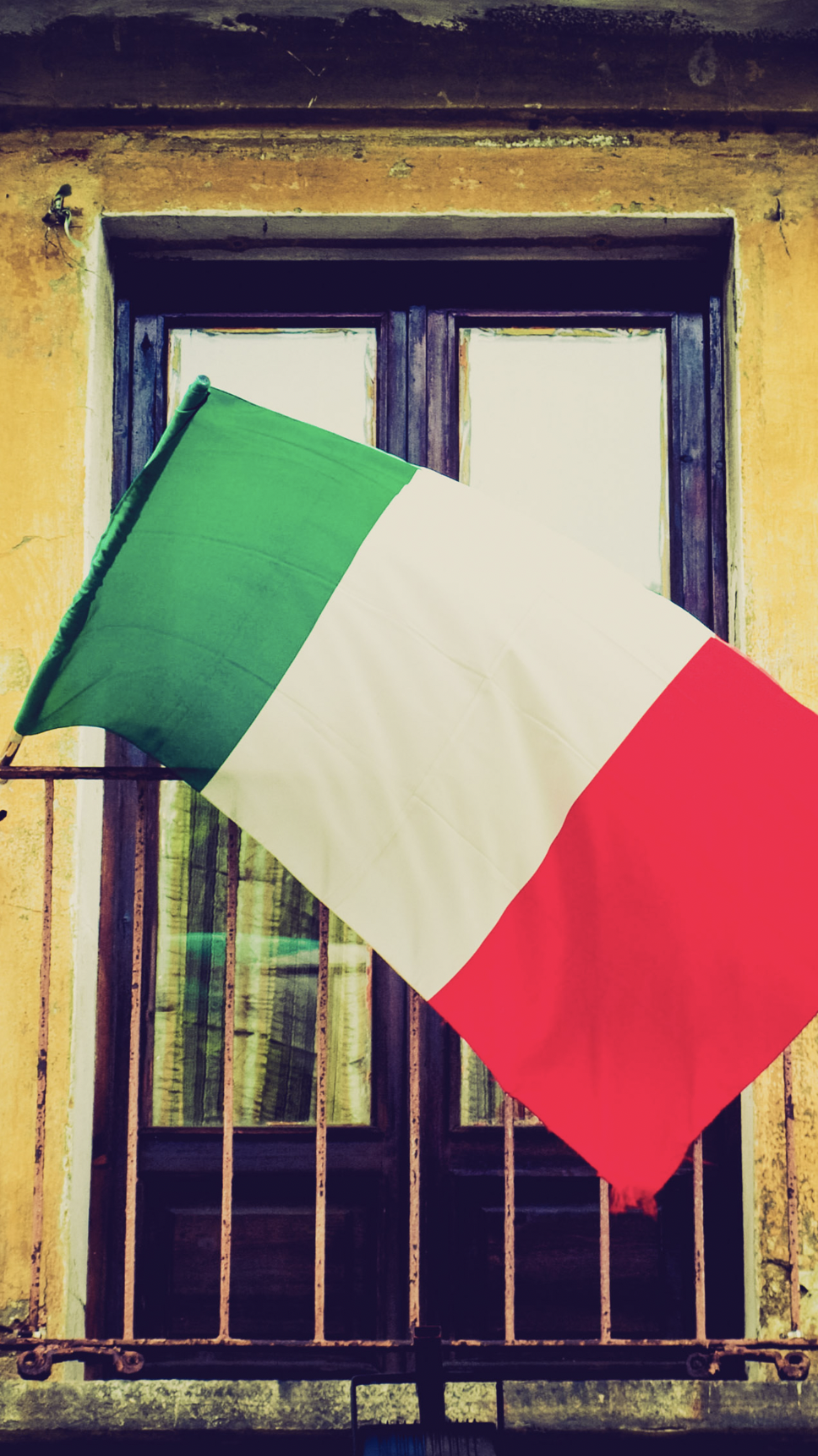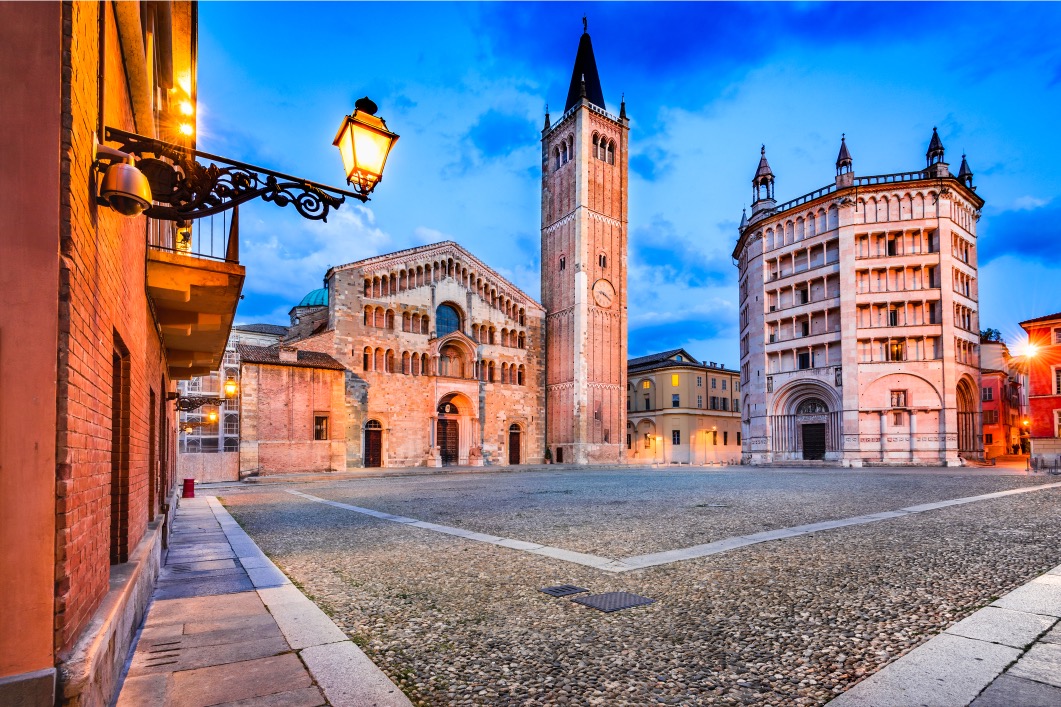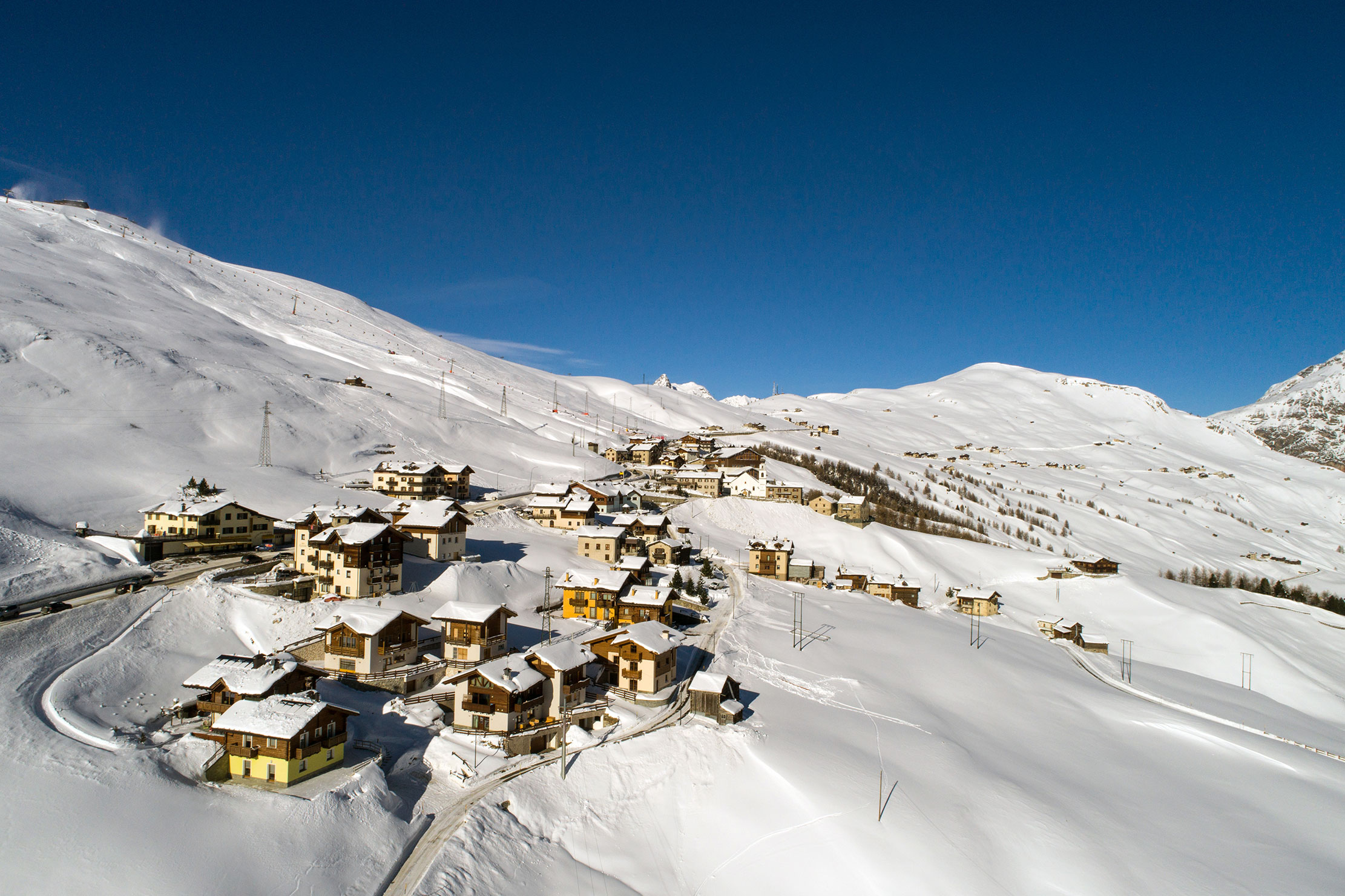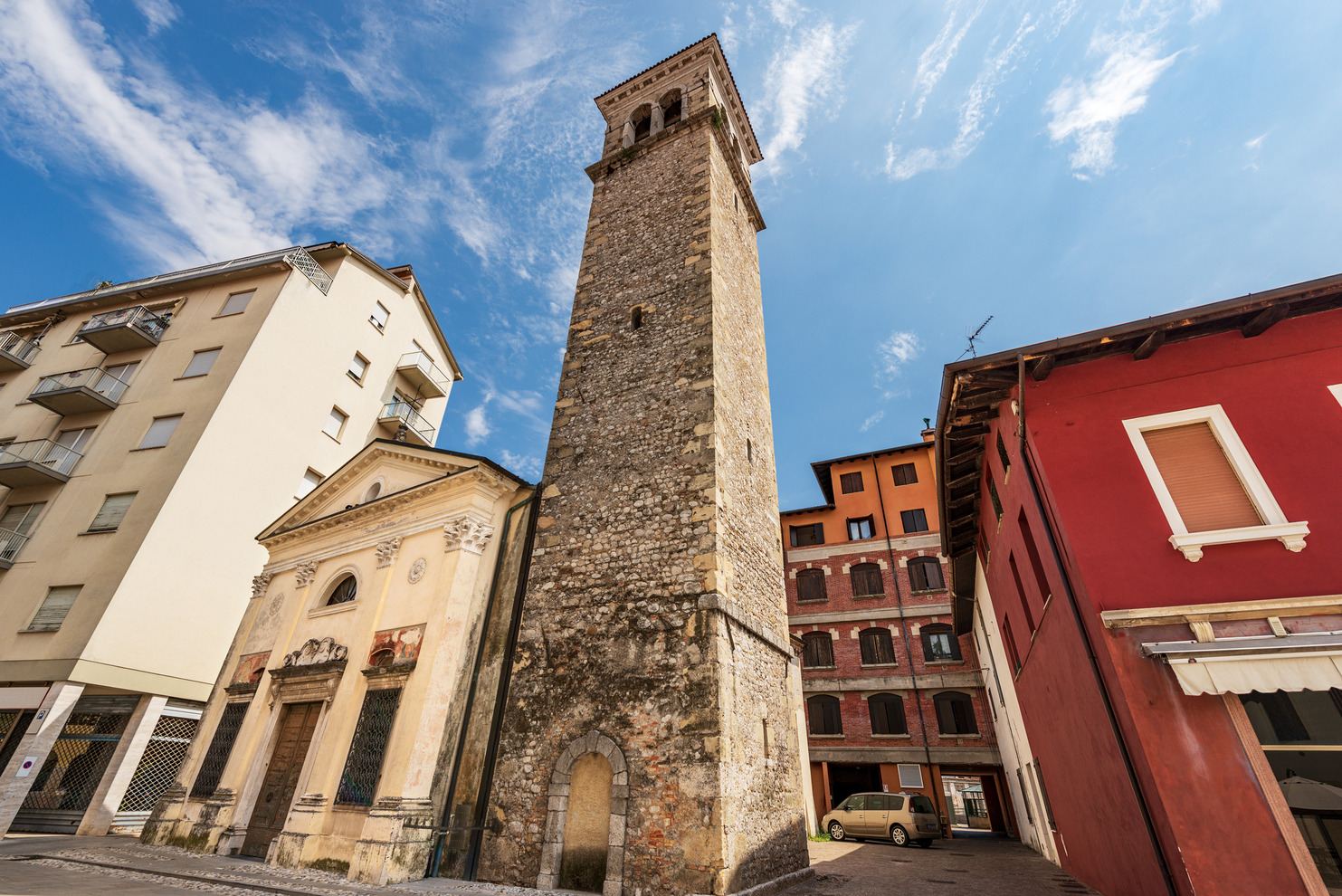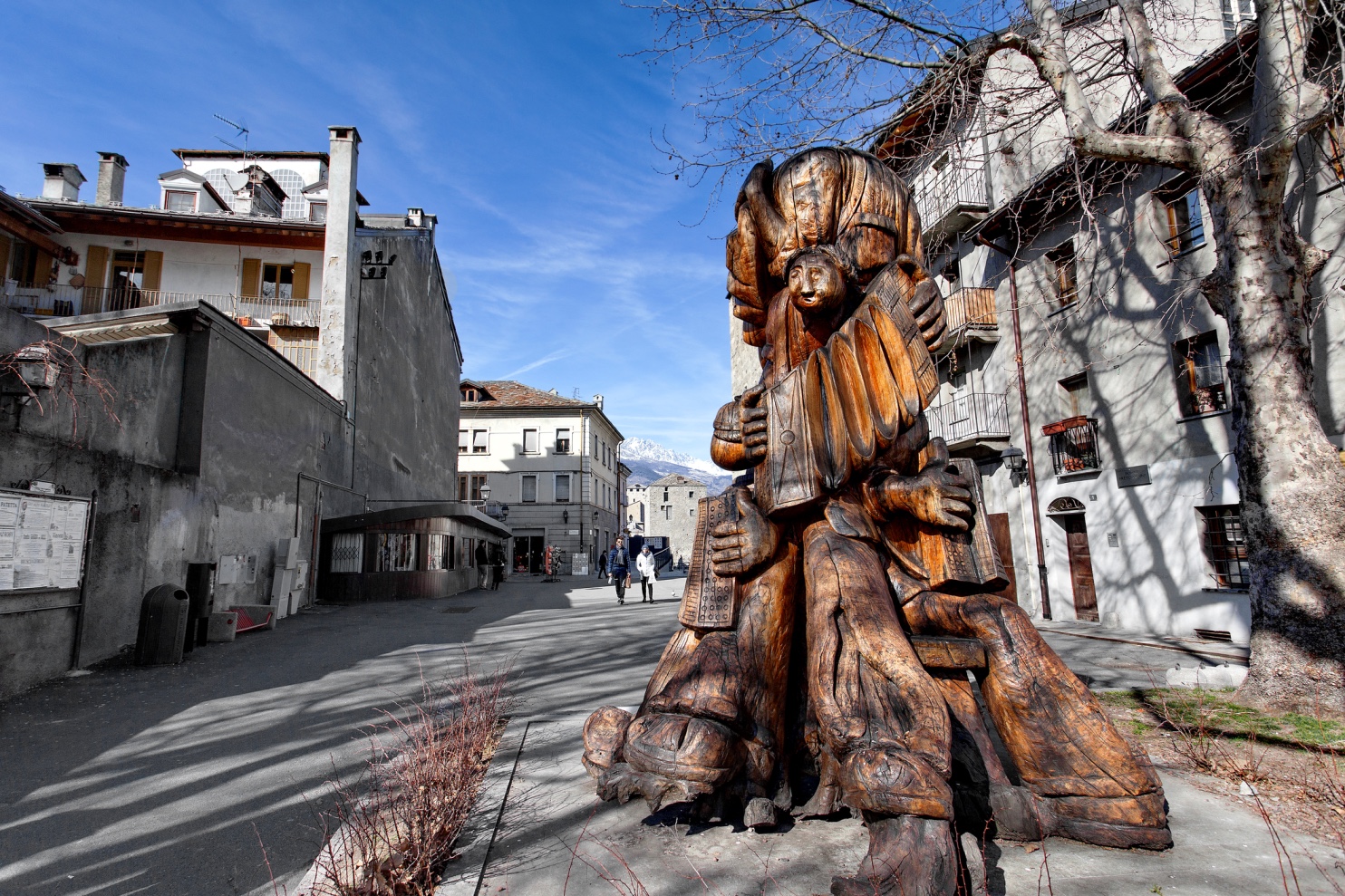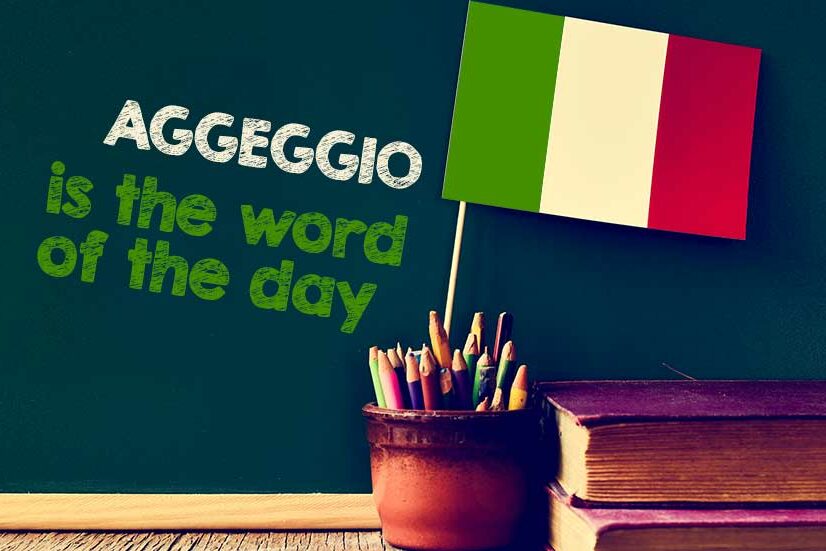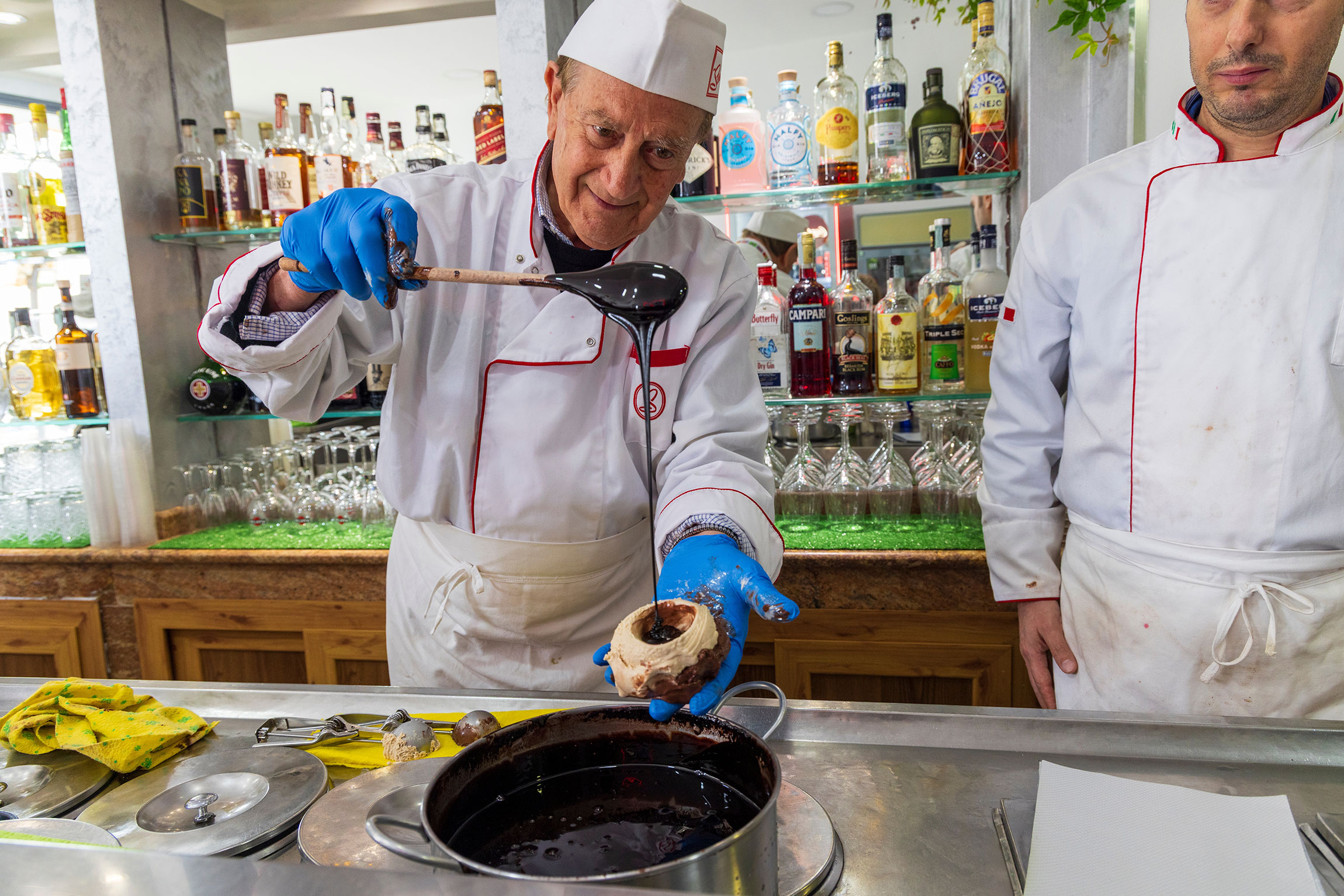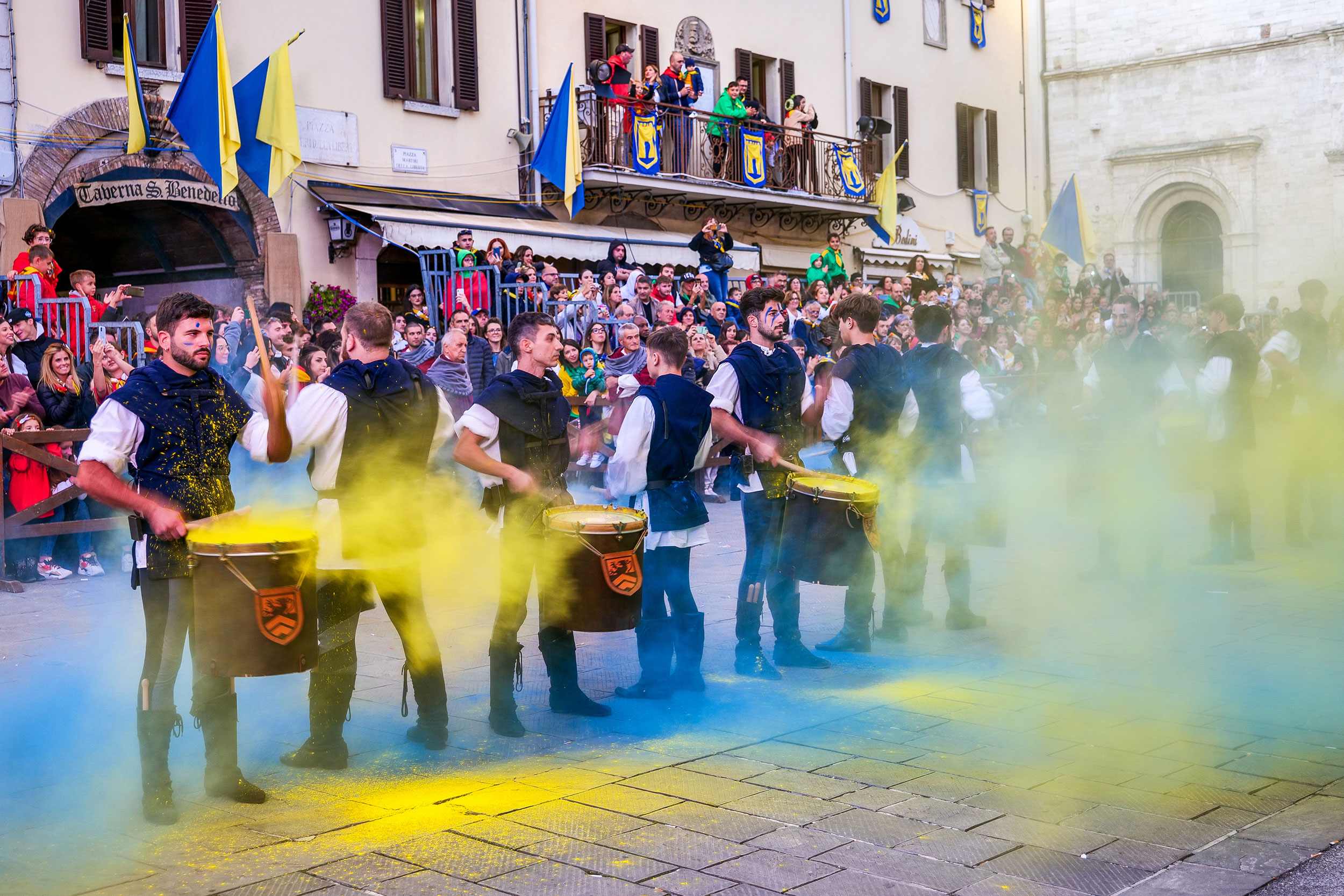On one hand, we celebrate major successes like the widespread promotion of Italy’s beaches through the Blue Flag awards. On the other, we face a pressing issue: overtourism, and the urgent need to protect sites of cultural and environmental value from the kind of overcrowding that not only renders them unsustainable, but risks destroying them entirely.
Venice, the pink sand grains of the Sardinian islet of Budelli, and the famous Scala dei Turchi in Sicily are perhaps the most striking examples of the delicate balance that governs Italy’s most beautiful places – gems that are not equipped to handle an excessive flow of visitors. Yet anyone who has stood in the blazing August sun waiting in line to enter the Uffizi in Florence or the Vatican Museums knows firsthand how overwhelming and difficult it is to manage large-scale tourism.
The white marl cliff that juts into the sea along the coast of Realmonte, in the province of Agrigento, is periodically trampled by beachgoers who ignore restrictions aimed at preventing its erosion. It has become a symbol of nature’s fragility. Climbing the Scala dei Turchi for a selfie, a social media post, or some senseless challenge is nothing short of disregard for its delicate beauty, a beauty that underscores just how precious such places really are. However spectacular the sea, however photogenic the landscape, not every location should be accessible at all times. As tourists increasingly aware of how fragile some environmental balances are, we should be willing to “understand” – and more importantly, act – by doing our part to protect these places whenever possible.
Italy’s coastline has been widely recognized for its environmental quality and tourist appeal, with the international Blue Flag certification awarded in every region. These distinctions – now found across the country – demonstrate that sustainable alternatives do exist, both for people and for nature. If we learn that visiting Venice now requires paying an entry fee, we should accept it not only because the city is effectively an open-air museum, but because regulating access is essential to its survival – quite literally, to stop it from sinking.
What many may not know is that Capri is also considering restrictions to curb uncontrolled tourism. The local administration has reached an agreement with the Ministry of the Environment to establish a protected marine area that, by 2026, would “lock down” access to the Faraglioni – those iconic sea stacks now under siege from boat traffic. Under the new regulations, they will only be reachable by rowboat or swimming. This move would see Capri join the ranks of Italy’s 52 protected marine areas. The change would place the island on the official list of marine reserves, granting it access to dedicated funding, oversight, and enforceable rules.
The aim isn’t just to preserve a unique natural heritage – one increasingly threatened by aggressive tour operators and mass tourism – but to bring to the island a slower, higher-quality kind of visitor: more mindful, less “predatory.” Because ultimately, it is precisely this frenzied consumption that diminishes the value of the landscape. A tourist’s purpose, ideally, should be to seek a balance between the environment and the collective well-being of the places they visit.
That’s exactly what the Blue Flag represents: an international certification (created in 1987, the European Year of the Environment) that honors coastal destinations committed to sustainable land management. The award’s main goal is to shift local policy in seaside towns toward sustainability, redefining services not merely as conveniences for beachgoers, but as care for the land and its communities. And just as local administrators are called to uphold this philosophy, so too are those who benefit from these beaches. We enjoy clean, beautiful coastal areas because a balance is being maintained, not because we are entitled to impose our presence at any cost.
There are signs that public perception of tourism is indeed beginning to shift. Small but telling gestures, such as protests against overtourism and the gentrification of historic city centers, are gaining traction. One such effort is led by the Southern European Network against Touristification, a coalition of over 60 activist groups. They have announced coordinated demonstrations across major European tourist destinations on June 15. Their actions – planned in airports, on buses, and at tourist hotspots in Spain, Italy (including Genoa, Milan, Naples, Palermo, Rimini, and Venice), Portugal, and France – will be small-scale but deliberately disruptive. They may amount to little more than a splash of water on a t-shirt, but the message is unmistakable: if we want to preserve the beauty and allure of tourism itself, we must find a sustainable balance.

